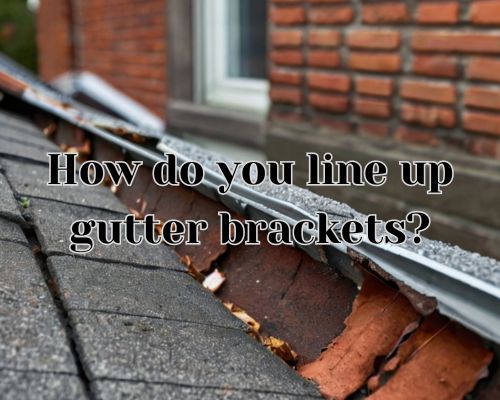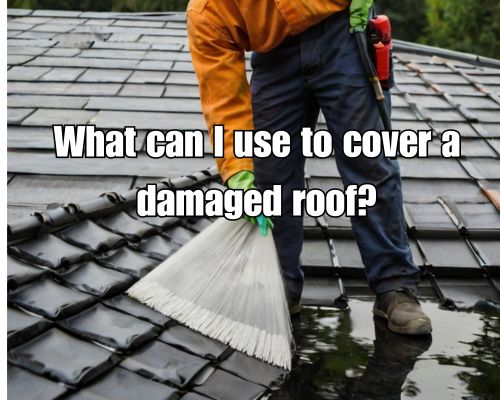What is the Importance of the Roof?
Understanding Its Role in Home Protection and Energy Efficiency
The roof plays a crucial role in maintaining the integrity and safety of your home. It provides essential protection against external elements such as rain, snow, and sunlight, ensuring the interior remains dry and secure.
With various types of roofs available, each offers unique benefits that can enhance both the functionality and aesthetic appeal of your property.

“Understanding the importance of a roof goes beyond mere aesthetics; it is a fundamental aspect of architectural stability. A well-designed roof contributes to the overall structure’s durability and can even improve energy efficiency, lowering heating and cooling costs.” said Charles Jimerson of CJ Commercial Roofing NJ.
By investing in proper maintenance and care, you not only protect your home but also preserve its value over time.
Roofs are often overlooked, yet they hold significant power in safeguarding you and your belongings. Recognizing their importance will empower you to make informed decisions regarding your home’s design and upkeep.
The more you learn about roofs, the better equipped you will be to appreciate their role in architecture and home longevity.
Fundamentals of Roofing Structures
Understanding the components and functions of roofing structures is essential for maintaining the integrity of your building.
The roof plays a critical role in protecting your home from various weather elements. Each part contributes to overall performance and durability.
Composition and Materials
Roofing is composed of various materials, each chosen for its properties and suitability.
Common options include asphalt shingles, metal roofs (steel or aluminum), clay tiles, slate, and copper.
Asphalt shingles are popular for their affordability and ease of installation, while metal roofs offer longevity and resistance to corrosion.
Clay and slate tiles enhance aesthetic appeal but are heavier, requiring a robust structural framework.
Each material has distinct lifespan and maintenance needs, influencing your choice based on climate, budget, and design preferences. Proper selection ensures maximum protection and minimizes long-term costs.
Role in Structural Support
The roof’s structural support is vital for sustaining its overall integrity.
Key components like rafters and trusses form the framework that holds the roofing materials in place. This support system enables the roof to withstand various stresses, including the weight of snow, high winds, and other elements.
The design also affects how loads are distributed across the walls of your building. Adequate structural support prevents issues like sagging or collapse, ensuring your roof functions effectively for years.
Regular inspections help identify any weaknesses and necessary repairs.
Weather and Elemental Barrier
Your roof serves as the primary barrier against weather elements. It protects against rain, snow, sun, and high winds, safeguarding the interior of your building.
Components like flashing prevent water seepage at joints, while gutters and downspouts channel rainwater away from the foundation.
Eaves extend the roof edges, directing water runoff and protecting walls from moisture damage.
Understanding these functions helps you appreciate the importance of proper roof maintenance. Scheduled inspections help ensure your roof remains effective against environmental stresses.
Benefits and Maintenance of an Effective Roof
An effective roof provides numerous advantages, from enhancing energy efficiency to increasing your property’s value.
Regular maintenance ensures longevity and protective measures are in place to safeguard your home and its occupants.
Energy Efficiency and Insulation
A well-maintained roof plays a crucial role in your home’s energy efficiency.
Proper insulation in the attic reduces heat transfer, keeping your interior comfortable during both hot and cold seasons. This, in turn, leads to lower heating and cooling bills.
To optimize energy efficiency, consider installing ventilation systems.
These systems help regulate airflow, preventing heat buildup in the attic, which can exacerbate cooling costs. Insulation materials such as fiberglass or spray foam can further enhance your roof’s thermal performance.
Regular roof inspections can identify potential leaks that might compromise insulation integrity. By addressing these issues early, you can achieve substantial savings on energy bills while enhancing your comfort and well-being.
Protective Measures and Longevity
Effective roof maintenance extends its lifespan, protecting your investment from various damages.
Routine inspections allow you to identify issues like water damage, leaks, and deteriorating shingles before they escalate.
Engaging professional roofers like CJ Commercial Roofing NJ, for these inspections ensures peace of mind.
Routine cleaning of gutters and downspouts is vital. Clogged gutters can lead to water pooling, increasing the risk of structural damage.
Additionally, timely repairs of any identified problems will save you from costly roof replacement down the line.
Regular maintenance can also maintain warranties provided by the roofing material manufacturer.
This factor is essential for homeowners looking to preserve the value of their investment.
A proactive approach to roof maintenance translates to fewer complications and a longer roof lifespan.
Aesthetic Impact and Property Value
The aesthetic appeal of your roof significantly influences your property’s curb appeal.
A visually pleasing roof can enhance the exterior of your home and boost its overall value. Choosing appealing colors and styles can complement your interior design and improve lighting conditions inside.
A neglected roof can deter potential buyers and decrease property value.
Regular maintenance not only preserves its appearance but also assures prospective buyers of its functionality.
Cleanings and timely repairs contribute to maintaining the roof’s aesthetic integrity.
In a commercial building, an attractive roof can signal professionalism and care, affecting your business’s perception.
Investing in an effective roof benefits both occupants and the overall appearance of your property.










